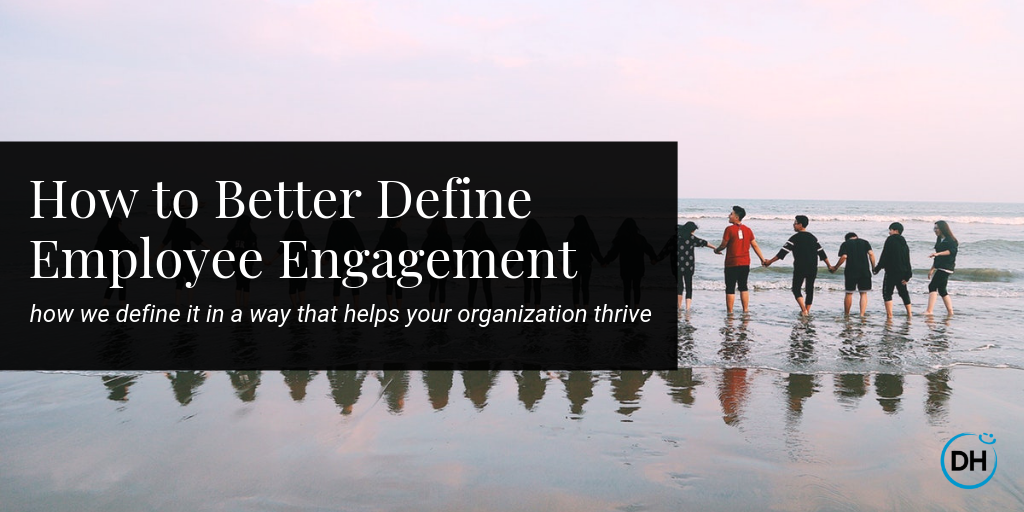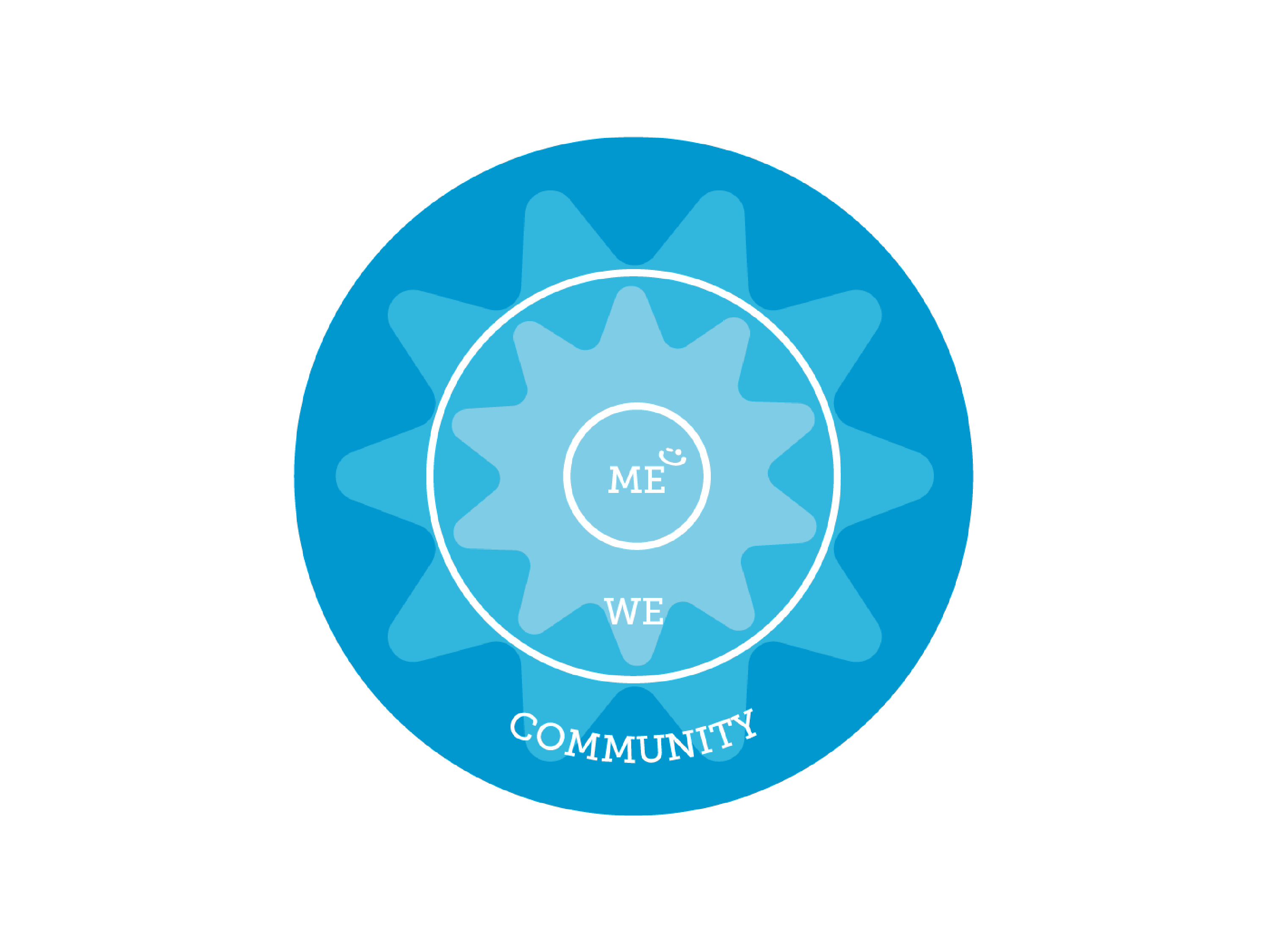
The term ‘employee engagement’ is used so widely, but if you were to go from company to company, most of them would measure and define it differently.
In the past, leaders approached it as if it was just a concrete number like a sales goal or next year’s projections. As CEO Jenn Lim touched in our recent webinar, trying to view engagement as just a number, we feel, actually limits it in its definition. Here’s why:
Employee engagement or happiness has transformed into an experience that touches different parts of your organization; it doesn’t just stay within the individual employee level. Indeed it starts at the singular level [what we call, ME], but it moves outward towards the team level [WE] and extends into your business’ community [partners, vendors, customers, etc.].
This ME-WE-Community application of employee happiness is embedded in our frameworks, meaning that this concept is held strongly in the way we co-create positive, sustainable cultures.

How does it work? Let’s take a closer look at each level here:
To understand the employee experience, it’s worth it to examine the depth and breadth of the employee lifecycle - from their first day till their last. If the average tenure is three years, you can use that duration to pinpoint significant moments in their experience at your company.
So what do those [insert #] years look like?
Most traditional companies can start marking times of promotions, annual reviews, big award recognitions, but those usually don’t often come enough to keep employees motivated. Usually it results in a lack of a sense of progress, making your teams feel stuck.
To create a sense of intrinsic motivation for your teams, we start with purpose. As we know from a recent Harvard Business Review study, most Americans would be willing to take a pay cut to do more purposeful work. Your people want to feel like the work they are doing - day in and day out- is contributing to a more significant impact than just boosting profits at your company. Once the individual purpose is further defined and answered, it needs to align with your company’s too.
If the ME purpose is aligned with the organization’s [WE], then it’s easy to want to be engaged in the work you’re doing and with the team around you. Creating a ‘WE’ or organization-level purpose starts with evaluating how your business is contributing to the well-being or happiness of others. It’s about getting down to the very root of why your business was created for humankind. It sounds a bit lofty but connecting a higher purpose to your organization can also drive profits if your employees feel that sense of purpose.
An excerpt from our CEO Jenn Lim’s recent Inc.com post:
Two researchers, Millward Brown and Jim Stengel, developed a list of the world's 50 fastest-growing brands (FedEx, Coca-Cola, and Starbucks, for example) based on 10 years of empirical research involving 50,000 companies. Known as the Stengel 50, it was found that these purpose-driven companies saw 400 percent more returns on the stock market than the S&P 500.
In that same article, Jenn guides you through some first steps you can take to define your company’s purpose statement. Use the piece to help guide your conversations with leadership on why engaging your employees starts with purpose.
When you have the individual and organization engaged in their work, this energy transcends into the community or ‘ecosystem’ of the business including those who are customers, stakeholders, vendors, and more. When we approach the topic of delivering WOW-worthy customer service, we can see how it parallels this ME-WE-community model.
To expect above-and-beyond service from your employees, you have to invest the same WOW into their individual employee experience [ME] and give your organization the tools to support it for every role [WE]. Then this approach rubs off on the way we treat others outside of the organization [community].
A simple question to ask is this: if you love your job and felt engaged in the work you were doing, how might this change the way you see your company and your customers?
Related: How to Create a WOW Customer Experience [INFOGRAPHIC]
In what ways can your organization better invest in the ME level or employee experience? Evaluate your culture's potential to find out:

Bri is the Impact Storyteller on the Delivering Happiness team. Working previously as a freelancer, her goal has always been to work with passionate people who are focused on helping individuals and businesses find their purpose. As part of DH, she now gets to accomplish that every day. Bri resides in Arizona and is lucky enough to enjoy the sun all year round.